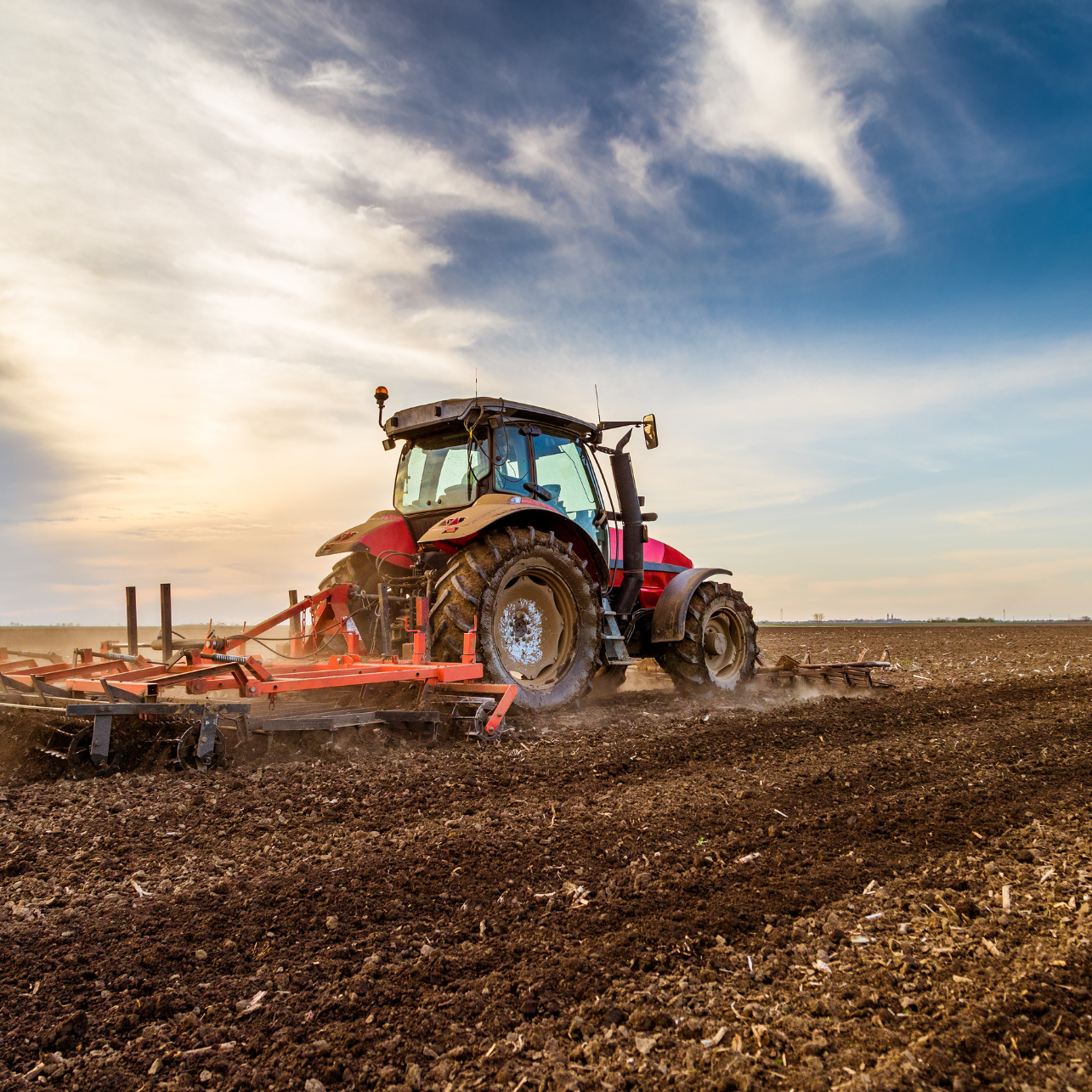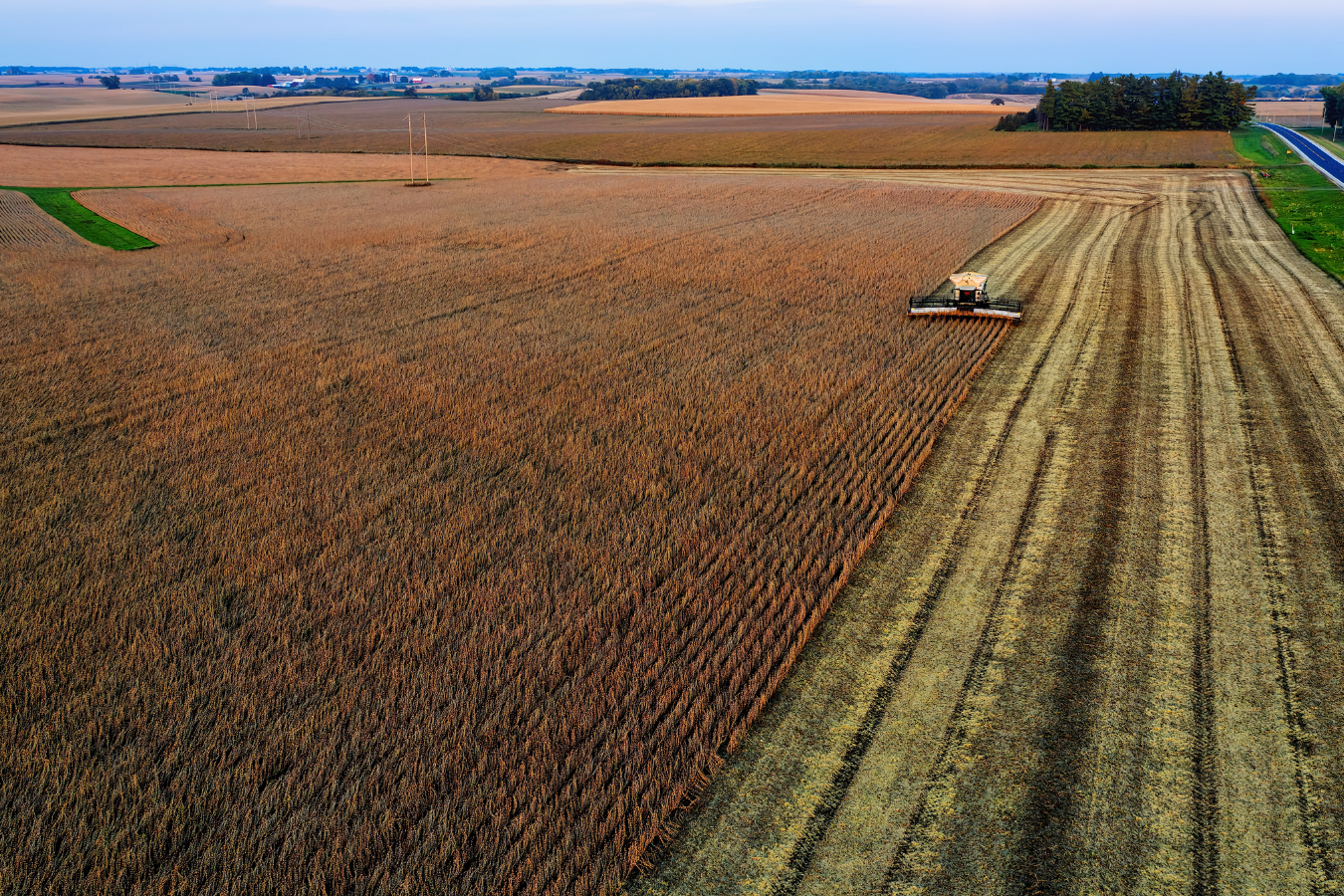As the 2025 growing season draws near, it’s crucial to understand the lasting impact of thoughtful preparation. Unpredictable weather, fluctuating markets, and changing crop demands present challenges, but they also offer opportunities for those who plan ahead. Key factors like soil health, nutrient management, equipment readiness, and early-season management aren’t just items to check off—they are the foundation for a productive and profitable season. The decisions you make now will set the tone for every stage of the growing season, influencing everything from crop health to final yields.
Experienced farmers in Ontario know that success begins long before the first seed is planted. A 2024 report from the Ontario Federation of Agriculture highlights that strategic early-season planning can increase crop yields by as much as 10%. With the challenges of unpredictable weather, rising input costs, and fluctuating markets, planning is more critical than ever. To help you get ahead this spring, we’ve outlined the essential focus areas for a successful start to the season.
1. Preparing the Field: Soil Health and Readiness
A productive season starts with a well-prepared field. Conducting a thorough field assessment ensures that soil conditions are optimal for planting.
- Assess Compaction: Avoid working fields that are too wet to prevent compaction. A penetrometer can help determine if corrective action is needed.
- Conduct Spring Soil Sampling: Seasonal nutrient shifts impact crop performance. Spring sampling provides real-time data to fine-tune fertilization plans.
- Check Drainage Systems: Proper drainage minimizes waterlogging risks, supporting healthy root development.
2. Strategic Seed and Input Planning
With seed orders arriving, now is the time to ensure everything is in place for a successful start to the season.
- Inspect Seed Quality: Take time to verify the germination rates, disease resistance, and vigor of your seeds. This will help ensure optimal performance when planting begins.
- Revisit Field Matchups: Double-check that the seed varieties you’ve selected are well-suited to the specific soil types, fertility levels, and previous crop history of each field. This ensures that your crops have the best chance for success from the start.
- Plan for Seed Treatments: Even with the right seed, early-season pests and diseases can still pose a threat. Assess your need for appropriate seed treatments to protect against these risks and give your crops the best possible start.
3. Optimizing Equipment for Precision Planting
Planting efficiency directly impacts emergence and early crop growth. Ensure equipment is in peak condition before heading to the field.
- Calibrate Planters: Proper seed placement ensures uniform emergence. Check depth, spacing, and metering systems.
- Inspect Components: Replace worn-out parts and lubricate moving pieces to minimize downtime during planting.
- Fine-Tune Application Rates: Precision in fertilizer and crop protection application prevents waste and promotes plant health.
4. Early-Season Nutrient and Weed Management
Nutrient availability and weed pressure can make or break early crop development. Managing these factors early sets the foundation for strong, uniform crop emergence.
- Optimize Fertilization Plans: Tailor your nutrient strategy based on spring soil test results to prevent deficiencies and ensure plants have the nutrients they need during early growth stages.
- Monitor Weeds Early: The critical weed-free period, which occurs within the first 4–6 weeks after crop emergence, is essential for protecting yield potential. Early weed competition for nutrients, moisture, and sunlight can result in significant yield loss before the crop even has a chance to establish itself.
- Utilize Integrated Weed Management: Identify weed species present in fields and implement timely control measures before they become a major issue. Rotating herbicide modes of action and incorporating cultural practices like narrow-row spacing or cover crops can help mitigate resistance concerns and improve weed suppression.
5. Partnering for Success: Why Work with a Crop Advisor?
In an industry where every dollar matters, the guidance of an experienced agronomist can enhance efficiency and profitability.
- Customized Crop Planning: Work with a Sylvite agronomist to create a plan tailored to your field’s unique conditions.
- Advanced Technology Support: Leverage precision ag tools for real-time decision-making.
- Sustainable Stewardship with 4R Principles: Implementing the Right Source, Right Rate, Right Time, and Right Place approach ensures that nutrients are used efficiently, minimizing environmental impact while maximizing yield potential. By working with Sylvite, you can develop a fertility plan that aligns with 4R Nutrient Stewardship best practices.
- Complimentary Expertise: Sylvite Agri-Services offers expert agronomic support, ensuring you maximize your investment in crop inputs.
Your Partner for a Strong Start
The path to a successful growing season is one that requires constant adaptation, learning, and forward thinking. By focusing on the key areas that drive farm productivity—soil health, precise nutrient management, and equipment readiness—you are investing in more than just this year’s crop; you are investing in the long-term resilience of your farm. As agriculture becomes more complex, making data-driven decisions with expert guidance becomes increasingly critical to achieving your goals.
Sylvite Agri-Services is here to be a trusted partner in this journey, providing you with the insights, tools, and support you need to stay ahead of the curve. Let’s work together to turn challenges into opportunities and make the 2025 growing season your most successful yet.




